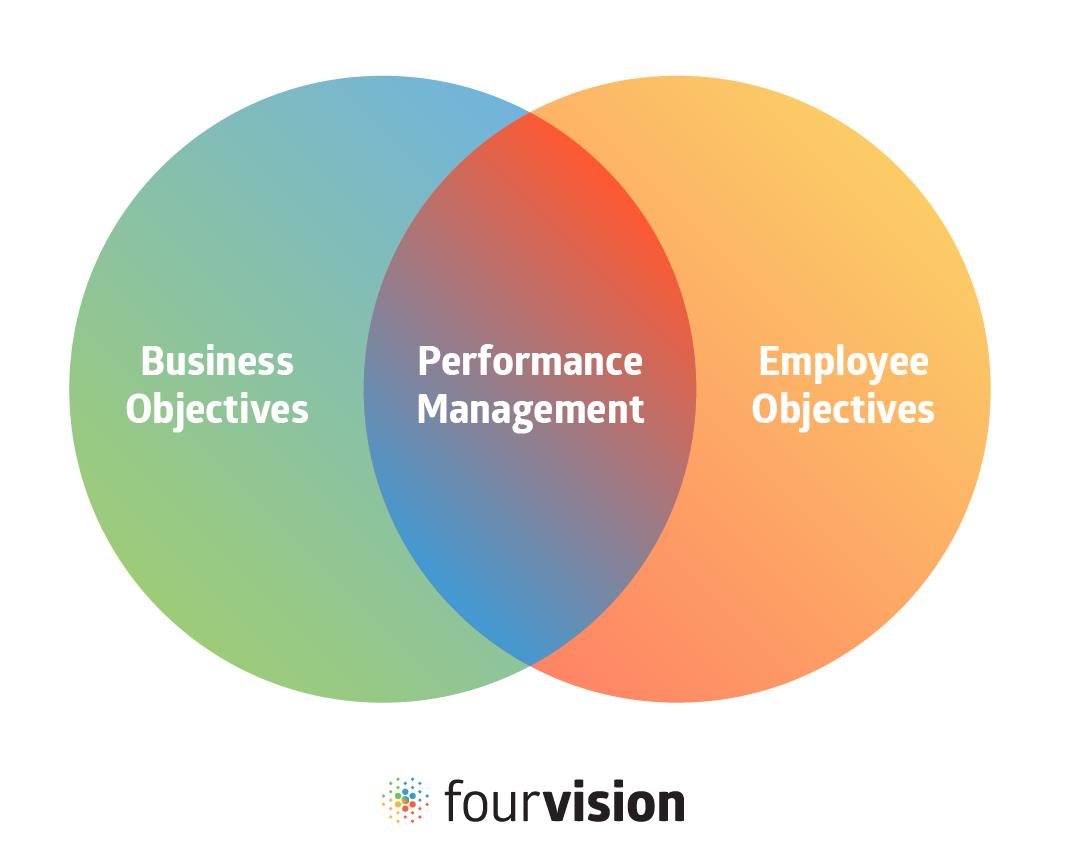Introduction
Performance management isn’t just about annual reviews—it’s a continuous process that helps align individual goals with organisational objectives, drives productivity, improves engagement, and builds a culture of accountability. Done well, it becomes a strategic advantage.
Body
- Setting clear goals and KPIs
Employees need clarity. When goals are well defined and tied to business results, it’s easier to measure success and ensure everyone is working toward the same outcomes. - Ongoing feedback and coaching
Rather than waiting for a yearly review, regular check-ins, coaching, and constructive feedback are far more effective. They let you correct course, reward high performance, and support development. - Performance appraisal and rating systems
Use consistent and fair processes. Whether you use qualitative and/or quantitative metrics, ensure ratings are transparent and understood by all parties. - Link performance to rewards and growth
The connection between good performance and rewards (both monetary and non-monetary) is important. Also, tie performance outcomes to training, promotions, or career advancement. - Use data & analytics
Thanks to HR-tools (like Wiser), you can track performance trends, identify training needs, spot underperforming areas, and make decisions backed by data. - Address performance issues with care
When performance dips, investigate the root causes—maybe the issue is training, resources, role clarity, or personal challenges. Provide support where needed. Sometimes a performance improvement plan (PIP) helps.
Conclusion
Performance management, when executed well, strengthens the workforce, aligns employees to business goals, and fosters continuous improvement. At Sharper Labs HR, we assist organisations in designing performance frameworks that are fair, transparent, and drive growth.

